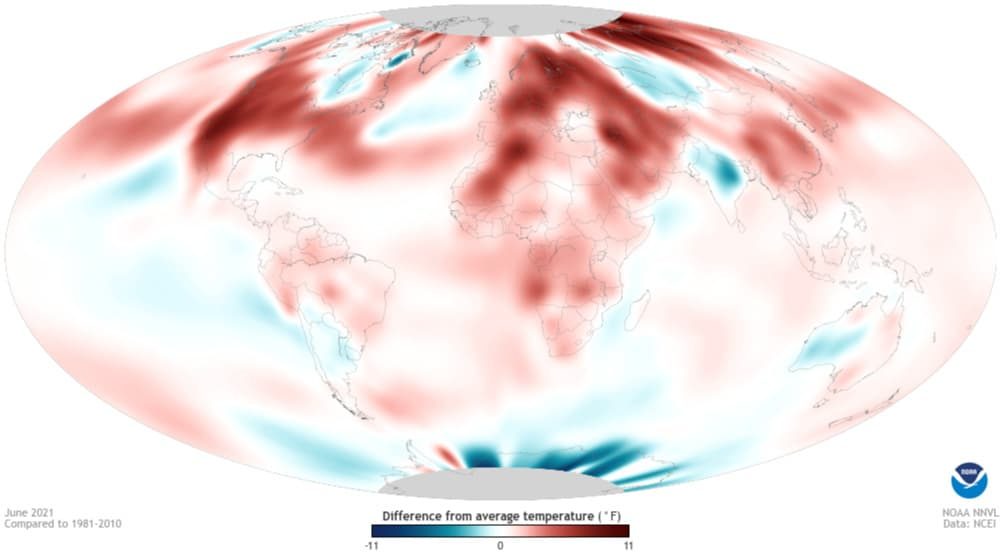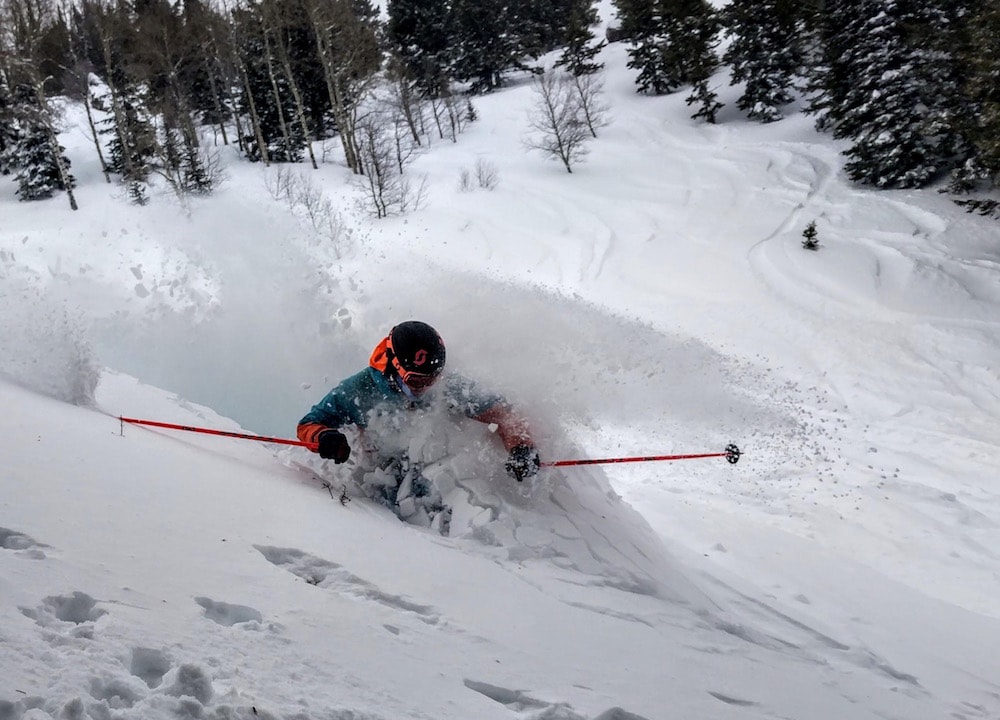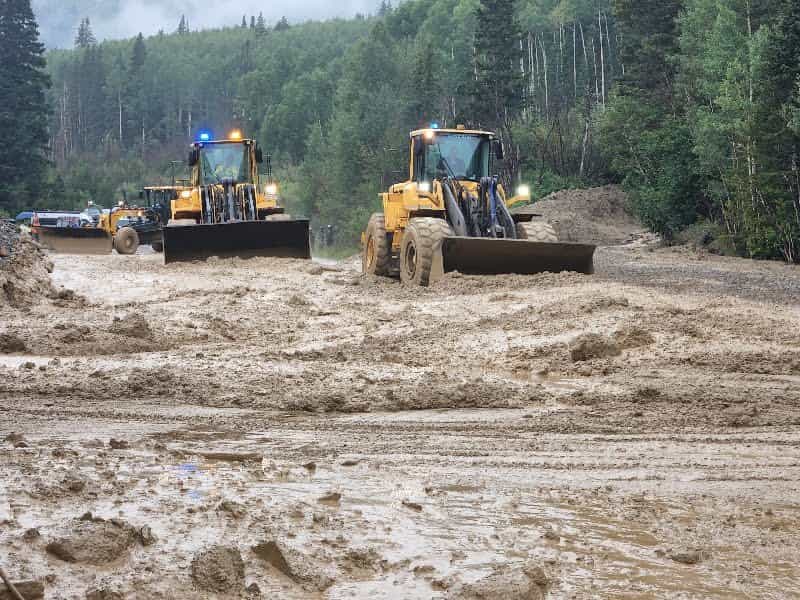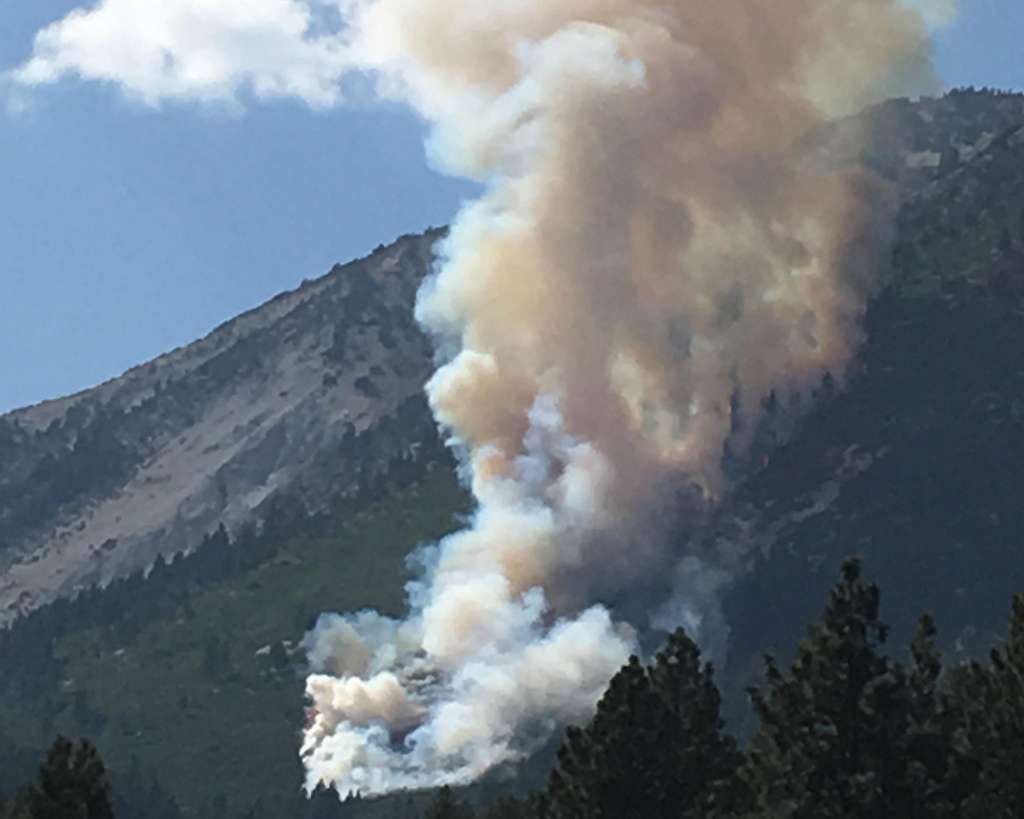A loud boom heard in Northern Utah and Southern Idaho on Saturday morning has been confirmed as a meteor by the National Weather Service (NWS). The boom was so loud it shook homes and alarmed many in the surrounding area.
The webcam at Snowbasin Resort caught the flash of the meteor as it came down at 8:31 AM local time.
Shortly after, NWS Salt Lake City posted on Twitter:
Bolstering the meteor theory for this morning’s #boom in #Utah, the two reddish pixels shown over Davis and Morgan counties are from the GOES-17 Lightning Mapper, but not associated with evidence of thunderstorm activity in satellite or radar. Likely the meteor trail/flash #utwx pic.twitter.com/qRO2Rsfca7
— NWS Salt Lake City (@NWSSaltLakeCity) August 13, 2022
Before it was a confirmed meteor, there were theories that the loud boom could have been caused by an earthquake, military activity, or thunder and lightning. The NWS Lightning Mapper picked up two readings over Davis and Morgan counties, but there was no evidence of thunderstorm activity on satellite or radar. Given the two readings, it suggests the meteor split before touching the ground. The reading was from the tail/flash of the meteor.
Additionally, The University of Utah’s seismograph monitoring department confirmed the phenomenon was not related to an earthquake.
The actual boom from the meteor occurred when it came through the earth’s atmosphere. It surpassed the speed of sound creating a sonic boom. Other things that could do that are lightning and a supersonic jet.
A meteor is usually the size of a pea or small pebble, but this one was estimated to be the size of a beach ball. Because of the normal size of meteors, it is quite rare to hear the sound created by them.
A doorbell video captured this of the event:
Boom video. My money is on high altitude meteor that blew up when it hit the atmosphere. pic.twitter.com/2LmOGkpMXf
— Matt Blank (@msbutah) August 13, 2022




